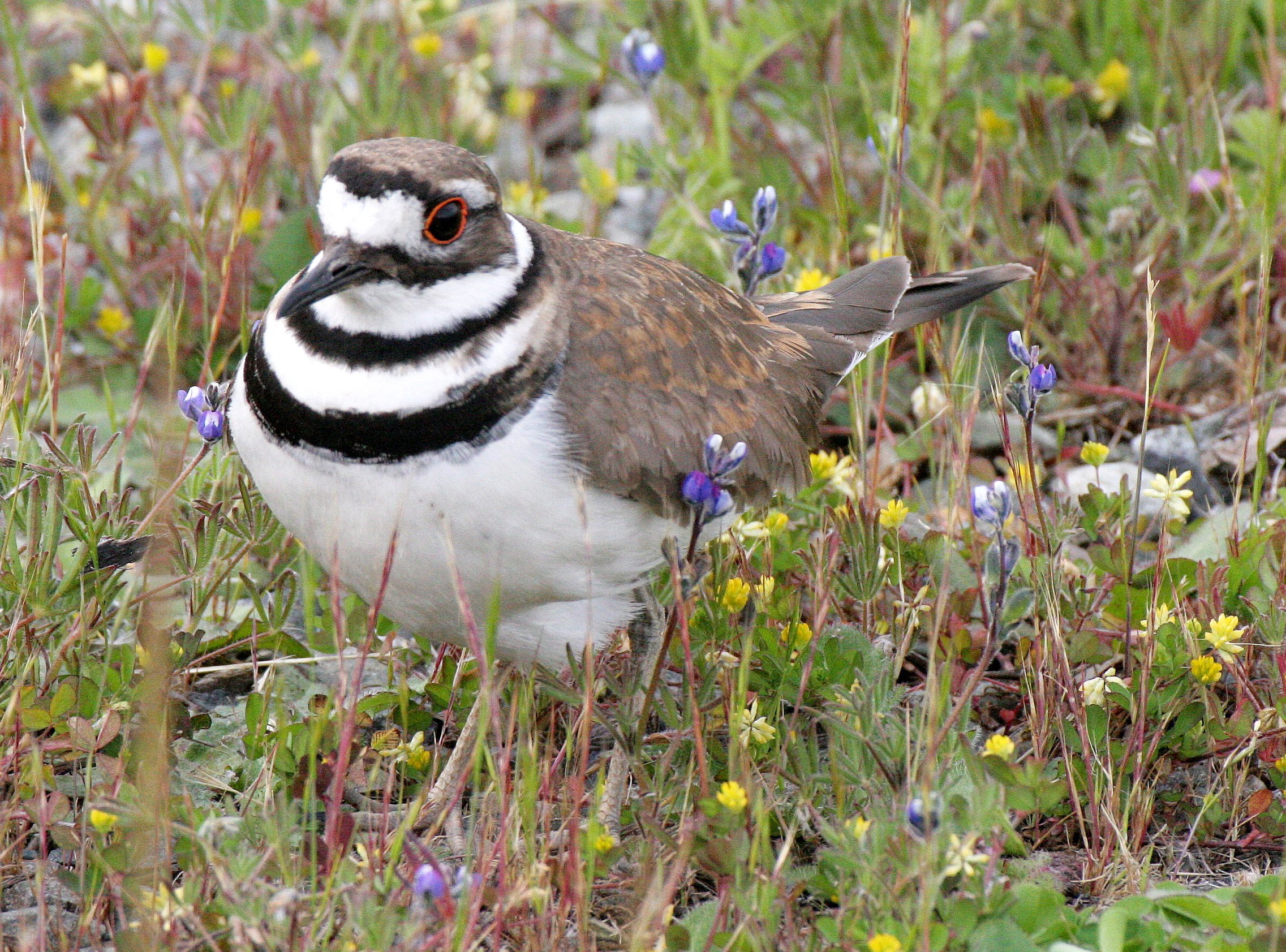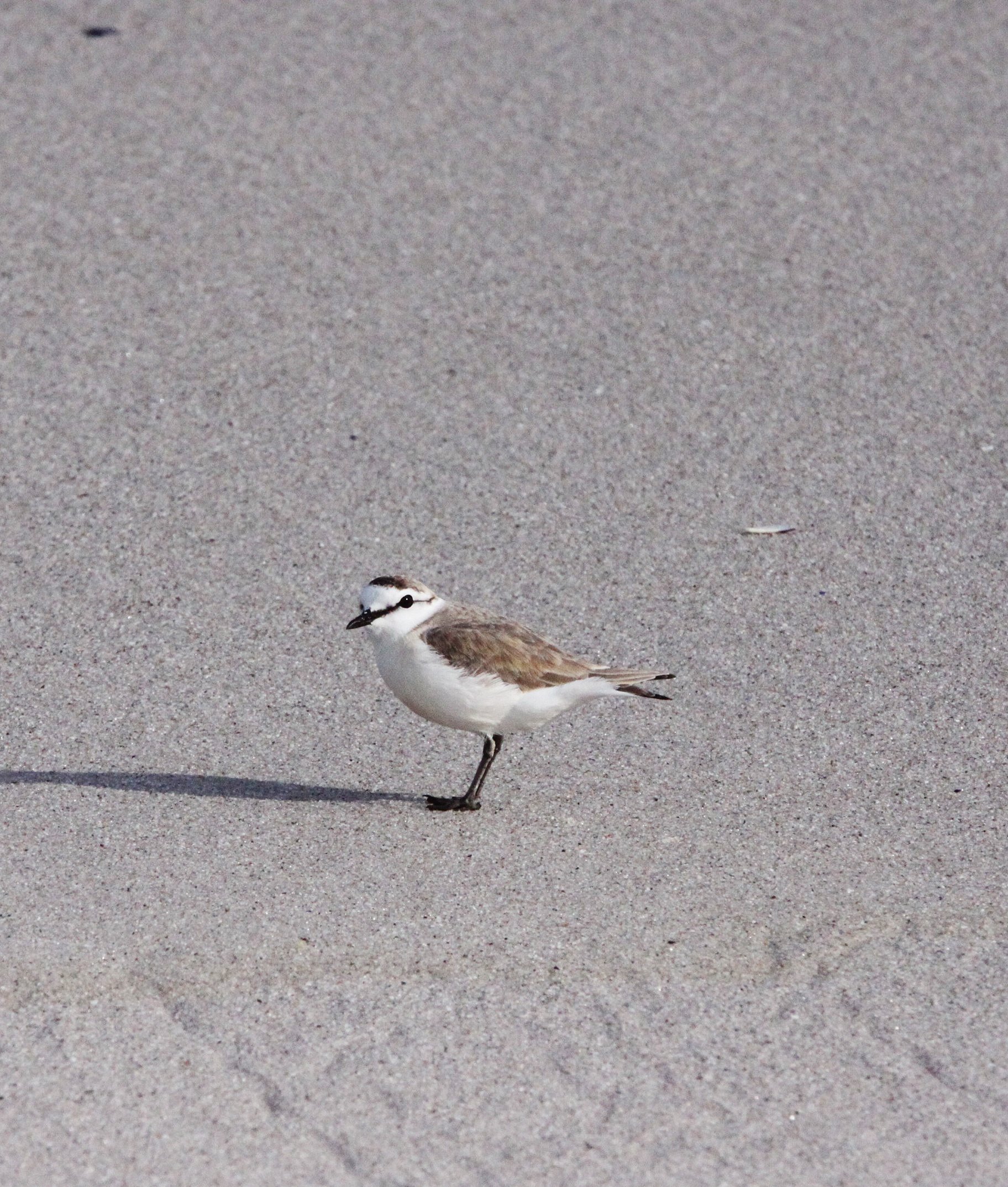
Family Charadriidae

The bird family Charadriidae includes the plovers, dotterels, and lapwings, about 64 to 68 species in all.
The family Charadriidae was introduced (as Charadriadæ) by the English zoologist William Elford Leach in a guide to the contents of the British Museum published in 1820. Most members of the family are known as plovers, lapwings or dotterels. These were rather vague terms which were not applied with any great consistency in the past. In general, larger species have often been called lapwings, smaller species plovers or dotterels and there are in fact two clear taxonomic sub-groups: most lapwings belong to the subfamily Vanellinae, most plovers and dotterels to Charadriinae.
The trend in recent years has been to rationalise the common names of the Charadriidae. For example, the large and very common Australian bird traditionally known as the ‘spur-winged plover’, is now the masked lapwing; the former ‘sociable plover’ is now the sociable lapwing. (HERE is a link to my Lapwing Galleries)
They are small to medium-sized birds with compact bodies, short, thick necks and long, usually pointed, wings, but most species of lapwing may have more rounded wings. Their bill are usually straight (except for the wrybill) and short, their toes are short, hind toe could be reduced or absent, depending on species. Most Charadriidae also have relatively short tails, with the exception of the killdeer. In most genera, the sexes are similar, very little sexual dimorphism occurs between sexes. They range in size from the collared plover, at 26 grams and 14 cm (5.5 in), to the masked lapwing, at 368 grams (0.811 pounds) and 35 cm (14 in).
They hunt by sight, rather than by feel as longer-billed waders like snipe do. Foods eaten include aquatic and terrestrial invertebrates such as insects, worms, molluscs and crustaceans depending on habitat, and are usually obtained by a run-and-pause technique, rather than the steady probing of some other wader groups. They also feed on plant material.
There are about 66 species in the subfamily, most of them called "plover" or "dotterel". The closely related lapwing subfamily, Vanellinae, comprises about 20 species.
Plovers are found throughout the world, with the exception of the Sahara and the polar regions, and are characterised by relatively short bills. They hunt by sight, rather than by feel as longer-billed waders like snipes do. They feed mainly on insects, worms or other invertebrates, depending on the habitat, which are obtained by a run-and-pause technique, rather than the steady probing of some other wader groups. Plovers engage in false brooding, a type of distraction display. Examples include pretending to change position or to sit on an imaginary nest site.
The below are my galleries of 15 Plover species seen over the years:

Pacific Golden Plover (Pluvialis fulva)
American Golden Plover (Pluvialis dominica)
Grey Plover (Pluvialis squatarola)

Common Ringed Plover (Charadrius hiaticula)
Semipalmated Plover (Charadrius semipalmatus)
Little Ringed Plover (Charadrius dubius)

Killdeer (Charadrius vociferus)
Kittlitz’s Plover (Charadrius pecuarius)
Three-collared Plover (Charadrius tricollaris)

White-fronted Plover (Charadrius marginatus)
Kentish Plover (Charadrius alexandrinus)
Snowy Plover (Charadrius nivosus)

Malaysian Plover (Charadrius peronii)
Lesser Sand Plover (Charadrius mongolus)
Greater Sand Plover (Charadrius leschenaultii)














